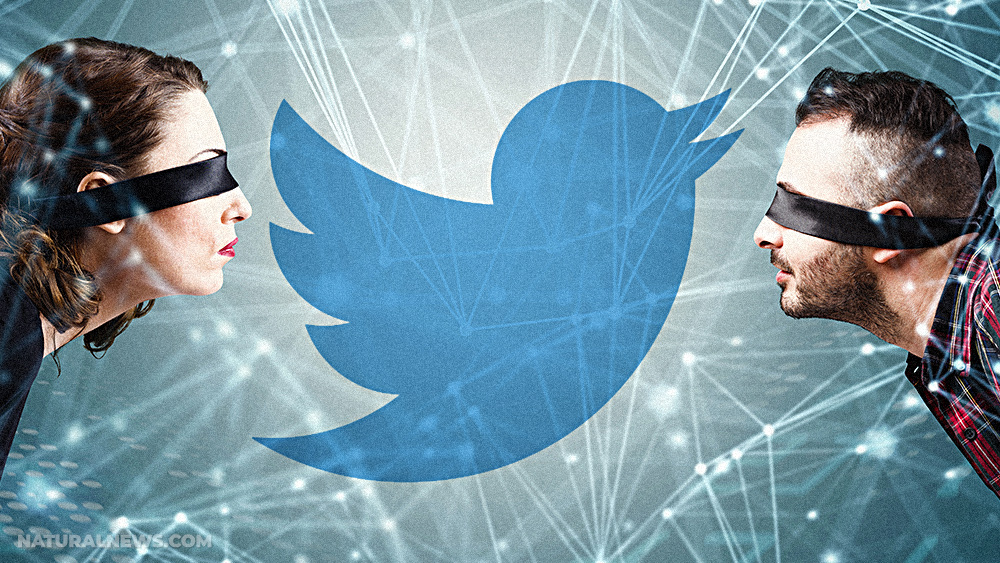
Advertisement
If you have a Wi-Fi router in your house, you’re probably quite familiar with its ability to pass through walls. There might be some far corners of your house where it can’t quite reach, frustrating you to no end, but its power to keep you connected as you move from room to room is nothing short of impressive.
However, the same electromagnetic waves that let you read the news in your bathroom can also help someone outside your home create a 3D holographic image of you while you’re in there going about your personal business. This Wi-Fi holography was created by Technical University of Munich physics student Philipp Holl in conjunction with his academic advisor for undergraduate thesis, and it was recently published in Physical Review Letters.
While stray Wi-Fi signals have already been used to see through walls for some time, Holl’s method is groundbreaking because it’s the first to use these signals to build 3D holograms of a space. Not all of your router’s signals make it to your device; instead, routers bounce and scatter signals off of objects. Holl’s device makes use of stray Wi-Fi signals and two antennas, which scan the room and collect images. A fixed antenna is tasked with recording the Wi-Fi field’s background, while the second antenna is moved around to different spots in the room to collect different reference points. They are recording not only the Wi-Fi signal’s intensity but also its “phase,” which is the light property coming from the wave.
These images are then fed to a computer to create a 3D holographic map with the help of a digital reconstruction algorithm. Using additional antennas can help to create the images even faster and more accurately. The software builds a series of 2D images as the antenna is waved around, which are then stacked together into a 3D hologram.

While it can easily detect the outline of a person, it’s not yet sensitive enough to pick up smaller objects, like coffee cups. Their first holograms were made using a shiny metal cross that had been placed in front of a Wi-Fi router.
Some of its applications are quite useful, like locating people who have been trapped inside a building following a natural disaster, but other uses are more than a little unsettling. Holl noted that it could eventually be used by a drone to map out a building’s full interior in under 30 seconds. It could also prove useful for spying on people, whether it’s the CIA, a jilted ex-lover, or simply bored teens. Adding to the concern is the fact that Holl says the antennas can be small enough to fit inside a smartphone.
Wi-Fi linked to health problems
Of course, privacy isn’t the only reason you might want to skip the Wi-Fi in your home. It has also been linked to problems like sleep disturbances, headaches, fatigue, anxiety, brain fog, and difficulty concentrating. The always-on nature of Wi-Fi means that people are being exposed to its dangerous electromagnetic energy every hour of every day. If you can see your neighbors’ connections in your computer’s connection manager, their EMF fields are also building around you.
You can’t really avoid Wi-Fi entirely these days, but you can make a point of using wired internet in your own home and disabling your Wi-Fi router, or at the very least, switching it off when you go to sleep. Holl’s technology might take a few years to be refined, but Wi-Fi is already impacting people’s health.
Sources include:
Submit a correction >>
This article may contain statements that reflect the opinion of the author
Advertisement
Advertisements















